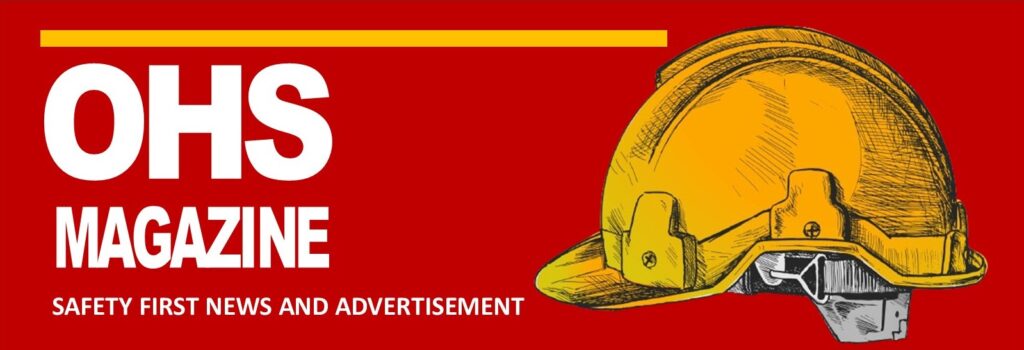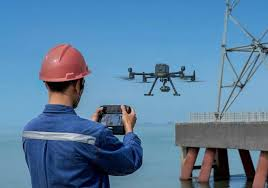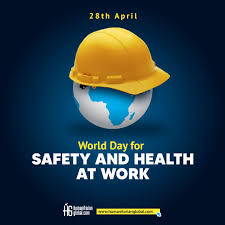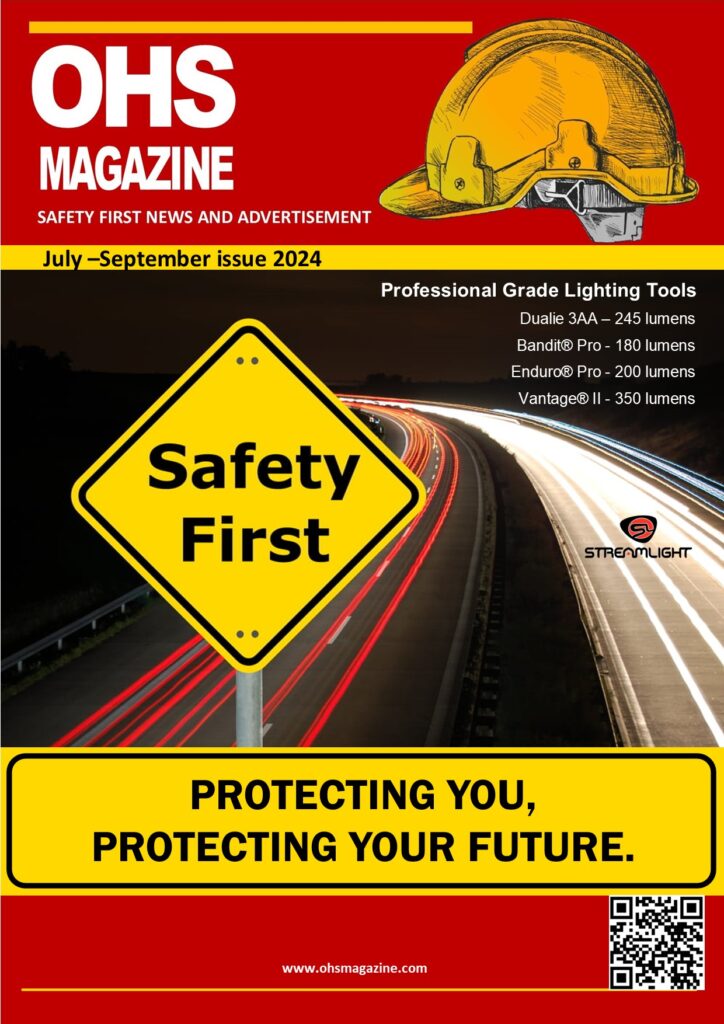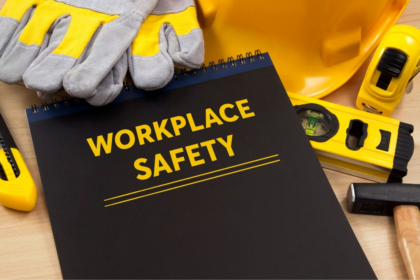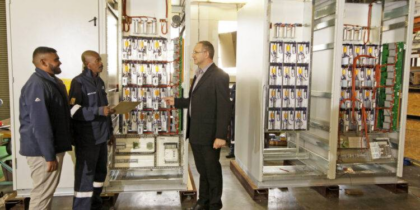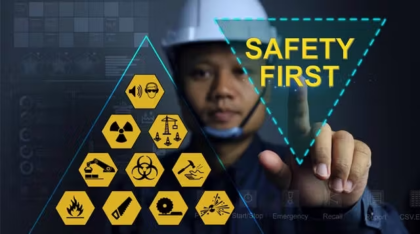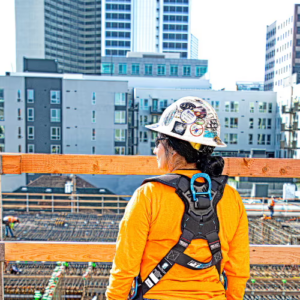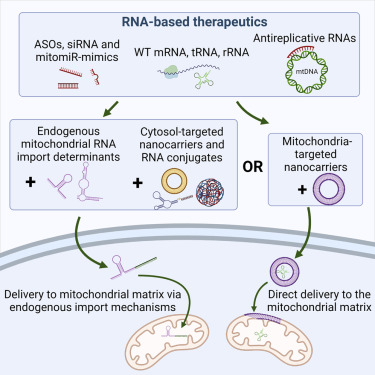Drone Surveillance Revolutionizes Safety Monitoring in Workplaces. Aerial Technology Takes Center Stage in Ensuring Occupational Health and Safety
In a groundbreaking advancement in occupational health and safety (OHS) practices, the utilization of drones for aerial surveillance of worksites is gaining traction across various industries. This innovative approach offers real-time monitoring of safety compliance, enhances emergency response capabilities, and aids in identifying and mitigating environmental hazards.
Enhanced Safety Compliance:
Drones equipped with high-resolution cameras and advanced sensors provide an unparalleled vantage point, enabling supervisors and safety officers to oversee worksite activities comprehensively. By conducting aerial surveys, these drones can detect potential safety violations such as improper equipment usage, unauthorized personnel in restricted areas, and inadequate personal protective equipment (PPE) adherence. This proactive monitoring fosters a culture of safety awareness among workers and facilitates timely intervention to prevent accidents or injuries.
Swift Emergency Response:
In the event of an emergency, rapid response is paramount to mitigate risks and ensure the well-being of personnel. Drones equipped with thermal imaging capabilities can swiftly locate individuals in distress, particularly in challenging terrain or hazardous environments where traditional methods may be impractical. Additionally, these aerial devices can assess the extent of the emergency, providing crucial data to emergency responders for informed decision-making and efficient resource allocation.
Identification of Environmental Hazards:
Beyond human safety, drone surveillance plays a pivotal role in identifying and addressing environmental hazards that pose risks to both workers and ecosystems. From monitoring air quality and identifying chemical spills to assessing the impact of construction activities on surrounding habitats, drones equipped with specialized sensors offer invaluable insights. By promptly identifying environmental risks, organizations can implement proactive measures to minimize their ecological footprint and ensure compliance with regulatory standards.
Industry Adoption and Regulatory Considerations:
The adoption of drone technology for safety monitoring is witnessing widespread acceptance across industries such as construction, manufacturing, oil and gas, and agriculture. However, the integration of drones into OHS practices necessitates adherence to regulatory frameworks governing aerial operations, data privacy, and airspace management. Collaborative efforts between industry stakeholders, regulatory bodies, and technology providers are essential to establish standardized protocols and ensure the responsible and ethical use of drone surveillance in workplaces.
Future Prospects:
As technological advancements continue to evolve, the potential applications of drone surveillance in occupational health and safety are boundless. From predictive analytics to augmented reality interfaces, ongoing research and development endeavors aim to further enhance the capabilities of aerial monitoring systems. Additionally, the integration of artificial intelligence (AI) algorithms holds promise for automating safety inspections, thereby augmenting efficiency and accuracy in hazard detection and mitigation.
Conclusion:
The advent of drone surveillance represents a paradigm shift in safety monitoring practices, empowering organizations to proactively identify and mitigate risks in real-time. By leveraging aerial technology, workplaces can foster a culture of safety, enhance emergency preparedness, and safeguard both human well-being and environmental integrity. As industries embrace the transformative potential of drone technology, the future of occupational health and safety promises to be characterized by unprecedented levels of vigilance and accountability.
